It’s Not a Diet: How Wired to Eat Changed My Relationship with Food
It’s Not a Diet: How Wired to Eat Changed My Relationship with Food
Unlike most articles you’ll read on nutrition, this won’t be a lecture on how bad food is for you, or an attempt to shame you into some fad diet you “totally” need to try. I’ll save that for the Instagram models and their gratuitous product placement.
What I’d like to share with you today is my experience over the past 10 weeks, of how an audiobook called Wired to Eat completely changed my relationship to food and what I hope will also be a change in my life. I’m going to include my wife, Kelly, in this article along the way as well, because we decided to follow this change in eating together as a couple and that’s important to note.
Before Wired to Eat
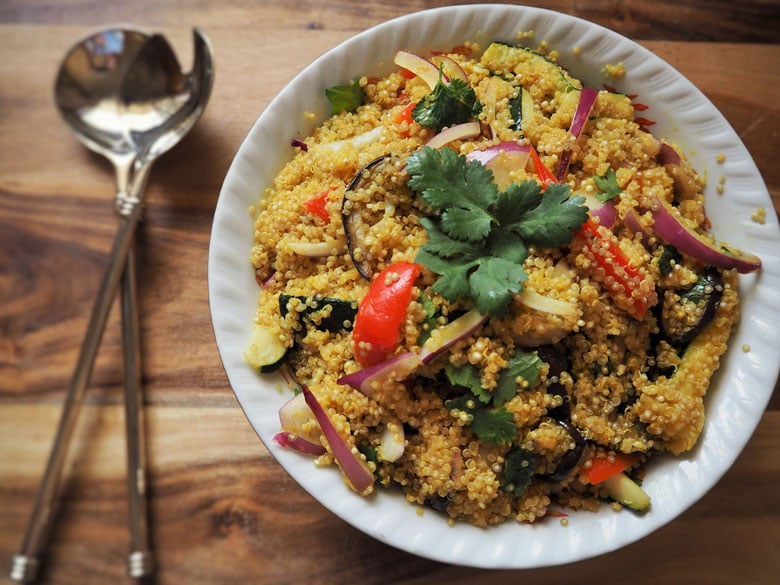
I was skeptical. I rolled my eyes. I fought it. I thought it wouldn’t be sustainable. You name it and it crossed my mind while contemplating the dramatic change in eating recommended by Robb Wolf, the author of Wired to Eat. I’m pretty cynical when it comes to the word “diet” and had always considered myself to be someone who ate healthy and didn’t need to diet. It’s been close to 20 years since I’ve drank sodas and I avoid fast food and anything with High Fructose Corn Syrup in it. I even ate a lot of vegetables and quinoa, however, that still wasn’t doing much for the 10-15 extra pounds I’d been carrying around.
The problem with where I was at, was two-fold and needs a bit of a backstory. At the end of 2015 and into the beginning of 2016, I was on fire at the gym. I was in the best shape of my life and wasn’t really focused on what I was eating. I was burning so many calories that I felt like it didn’t matter because I was making progress and leaning out. I’m 5’ 9.5” (that .5” is completely necessary to mention too) and was down to 176 lbs., which was the lightest I’d weighed in years.
Then life hit, Kelly and I made a big decision to sell our house and our Doberman unexpectedly died after a freak accident while jumping down from the car. My gym time suffered and I was a wreck in more ways than one. I’d also started playing Ice Hockey again after stopping years ago due to my knees. I play goalie, which is rough on knees.
During my Hockey resurgence, I started to feel old knee pain pop back up, which affected my gym time along with the lost motivation from life getting in the way. Needless to say, the progress I’d made quickly evaporated. Before I knew it, I was tipping back at 190 lbs. at the end of 2016 and into 2017.
I was getting into overweight territory and I knew I needed to do something. I know now that the weight gain was due to a few factors. Not moving enough and consuming too much food was one, but something poignant that Robb says in the book is that the epidemic rates of obesity, diabetes and cardiovascular disease are well known to not be caused by eating less and moving more. However, we sure aren’t walking 5 to 10 miles per day like our ancestors used to.
That leaves the food we eat. What I wasn’t aware of was that the kinds of foods I was eating during my weight gain were actually hurting my body’s ability to tell me I was full. When I got to the point that I had to put my belt on a different hole, I knew it was time to make a change.
It was early July 2017 and I stumbled upon a friend’s post on social media about Robb Wolf’s book, Wired to Eat. I was familiar with Robb, as he gave a nutrition lecture during a Crossfit Level 1 Certification Seminar I’d attended in 2008. I trusted his advice on nutrition already, which led me to purchase the Wired to Eat audiobook.
I really like reading books, but I’ve been into audiobooks for some time, as they’re a great way to get through topics that I find I lose interest in when read as a physical copy. You’ve got to know your limitations.
I convinced Kelly to listen to Wired to Eat on audiobook as well and I feel that us both listening to the information got us in agreement with Robb’s message and working towards a healthier way of eating.
The Change for the Future
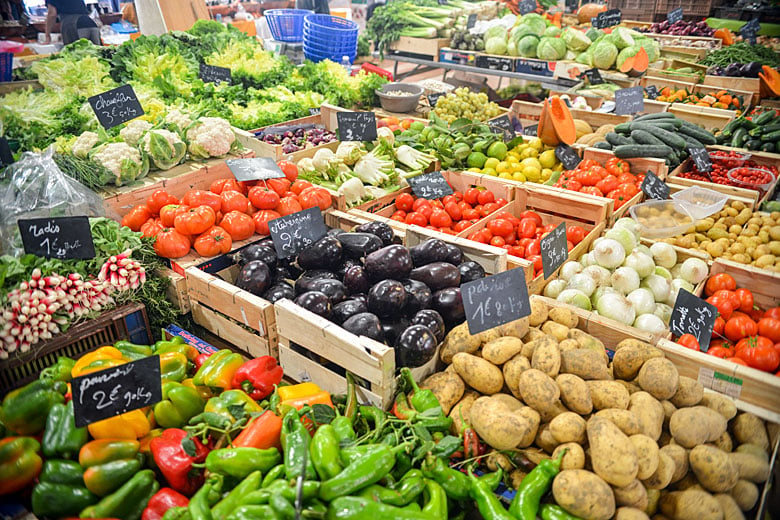
One of the things that clicked with me immediately when I started listening to Robb’s book, was that this wasn’t a diet, it was a lifestyle change. While the revelation was interesting, there was also something I didn’t initially agree with in another aspect he was describing. That was that your weight wasn’t your fault. “Absurd!” I thought, I’m big on taking ownership over your life choices and to say that someone isn’t responsible for their weight was something I couldn’t get past.
As I listened to more of the book, Robb’s words started to make more sense. I didn’t yet believe it fully, but he mentioned that the foods you eat can actually trick your body into believing that you’re not full. I knew from past things I’d read about High Fructose Corn Syrup, that before its inclusion in soda, there’s no way a human being could drink a whole 2-liter. However, because of the “miracle” of HFCS, that’s now possible.
The food changes that Robb was outlining to remove this trickery, were shocking. I’d have to give up so many of the “healthy” foods I’d been eating. It turns out that a lot of what I considered healthy could potentially cause inflammation in my body and removing things like that from my diet was another factor for jumping into the Wired to Eat plan. I’ve ready many studies that link the foods we eat and the inflammation that’s caused, to all types of diseases and chronic problems. I won’t go into them here, but Robb does a great job covering them in the book.
What to Eat?
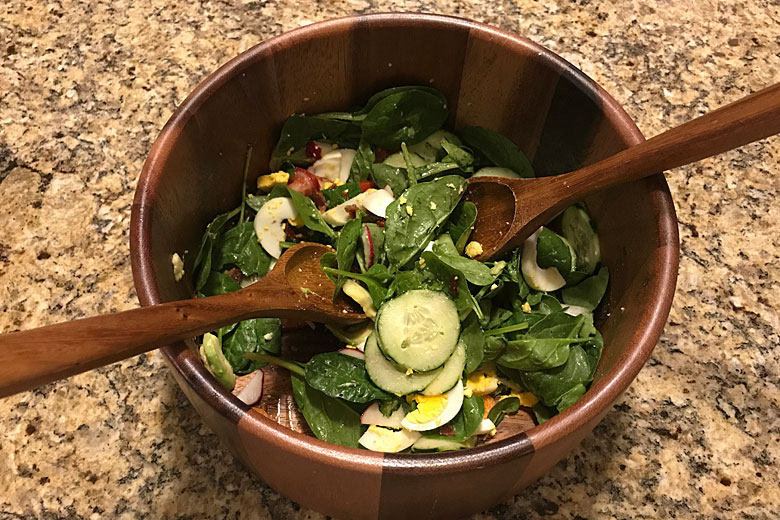
Don’t let this scare you off, but this summary of what Kelly and I have been eating is going to be hard to take for some. I know when I first read what Robb recommended our diet became in the next 30 days, I thought there was no way we’d be able to stick to it. Kelly’s sister and her husband had recently been following the Whole 30 program of eating and were having great results themselves, which helped motivate us to give Wired to Eat a shot.
Whole, unprocessed foods are the main requirement and the first 30 days of the program are essentially a Paleo Diet. Fruits, vegetables, roots, shoots, tubers, nuts and seeds, meat (including organ varities,) seafood and fowl. Excluded are grains, legumes, dairy and sugar in formats other than how they naturally occur in fruit. This removes common allergens that cause inflammation and at the same time, is naturally satiating, regulating appetite.
Robb’s method behind the madness here is to normalize your body and get rid of any inflammation already there and ensure things have worked themselves out of your system, hence the 30 day requirement. At the end of the 30 days, Robb outlines a system to start reintroducing certain foods like rice, beans, etc. with a method that allows you to see what those are doing to your blood glucose.
This method truly allows you to see how specific foods affect you personally, meaning that it’s impossible to say whether a food like rice will affect you positively or negatively, or whether you should completely avoid it. There’s a great example in the book on how a banana spikes one person’s blood glucose, but is completely normal in another. Conversely, a cookie is also normal to one person and results in a spike in another.
It was during this explanation that I started being ok with what he’d mentioned earlier about your weight not being your fault. If certain foods cause inflammation in one person, but not another, I get that added weight from eating said food isn’t someone’s fault. This is why a one-size-fits-all type approach to eating better doesn’t work for everyone and some people still find themselves unable to lose weight. Cue the lightbulb going off above my head.
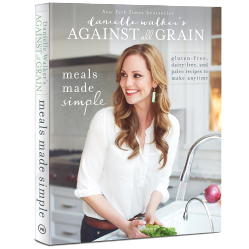 As you can imagine, it’s tough to continue modifying select groups of food in different ways. Kelly had picked up an issue of Paleo Magazine at the grocery store when we started to get bored with the recipes we’d been using and she found some delicious meal and dessert options that were much better than what we’d found in Wired to Eat. That got Kelly more excited about cooking and trying new things, which led her to research other cookbooks that could teach her even more. She stumbled on Danielle Walker’s Against All Grain. Her recipes really make meals much more simple and even goes as far as providing a graphically-appealing, weekly shopping list for eight weeks. We’ve been trying new dishes that we’ve never considered before and they’ve been amazing!
As you can imagine, it’s tough to continue modifying select groups of food in different ways. Kelly had picked up an issue of Paleo Magazine at the grocery store when we started to get bored with the recipes we’d been using and she found some delicious meal and dessert options that were much better than what we’d found in Wired to Eat. That got Kelly more excited about cooking and trying new things, which led her to research other cookbooks that could teach her even more. She stumbled on Danielle Walker’s Against All Grain. Her recipes really make meals much more simple and even goes as far as providing a graphically-appealing, weekly shopping list for eight weeks. We’ve been trying new dishes that we’ve never considered before and they’ve been amazing!
How We Felt
As we approached the date we decided to launch our new way of eating, Kelly got more and more apprehensive. She loves to bake bread and make desserts and was worried about not being able to do this anymore. Her self-described ritual of baking, the way it makes our house smell and diving into the end result, are all important and fulfilling things she likes to do. “I’m like Oprah, “I love bread!”
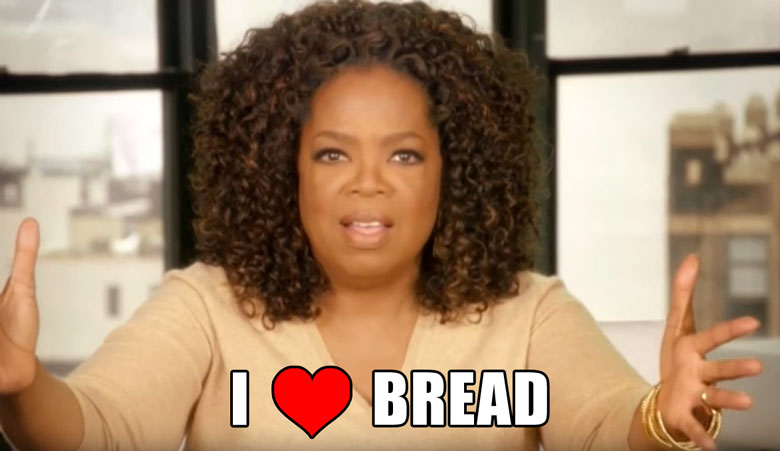
The first two weeks on the Wired to Eat plan were horrible, I was cussing Robb Wolf, saying things like “these recipes take forever to cook, there’s no way we can keep this up for every meal!” That along with Kelly and I being about ready to kill each other, from what I suspect was kicking our dependency on sugar. I tell you, this way of eating has shown me just how many things I was eating on a regular basis that had sugar in them!
Kelly mentioned something I often forget, which is how much sweeter the foods we’ve been eating taste, now that we’ve cut out processed foods with artificial ingredients. Kelly’s a sucker for frozen red grapes and my vice has been frozen bananas. That and we both share a newfound appreciation for 88% or darker chocolate, when we want something sweeter.
Once we got over the two-week hump of misery, things started to get better, we adapted to cooking every meal and doing more to prepare ahead of time. 10 weeks later and we’re still not perfect, but a lot of that has to do with not fully taking the time some weeks to fill out a meal plan.
My best advice to you is to not think you’ll just wing it when it comes to what you’ll eat. Almost everything you consume has to be prepared or cooked and there’s no “fast food” option. However, this doesn’t mean you can’t go out to eat, it just means you have to research what you’ll eat at a restaurant.
After week three and into week four, we were on autopilot. The cravings for everything, including bread, had gone away and we felt amazing. Our energy level was through the roof and this time during our new way of eating, even coincided with a vacation we’d already planned. We ate out for nearly every meal during our trip and still came back having lost weight. For Kelly, the literal cravings had faded, but she mentioned that the rituals of eating certain foods were still ingrained in her brain. However, the way she thinks now about her energy level and how her skin looks and feels, is a better reward than what food can provide.
It’s hard to believe, but this is now actually 11 weeks for us. By week six, I’d actually stopped counting the weeks and it wasn’t until I looked at the calendar while writing this, that I actually figured out how long it’s been. It was also around the 6th week that I really noticed my relationship changing with food. Not only had the cravings gone away, but I didn’t care what others were eating around me. Things that used to look appetizing to me, no longer held the same effect on my brain. It’s strange to have loved so many different foods and to not even think about them any longer.
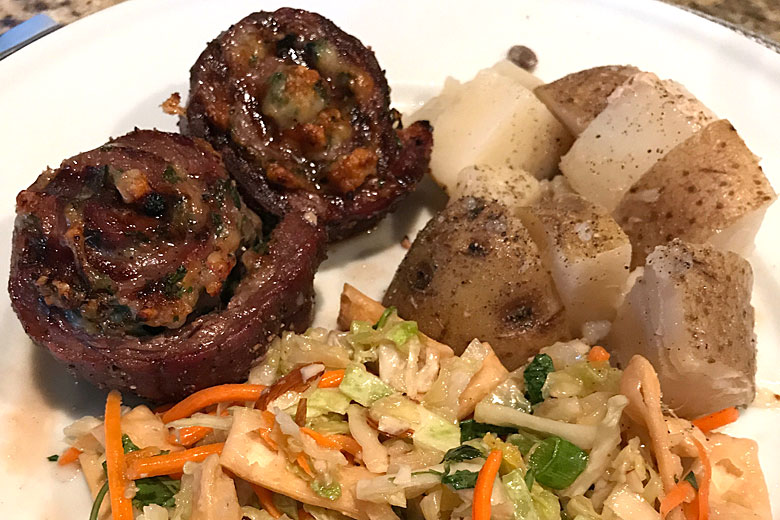
Earlier, I mentioned that after 30 days, you could slowly start introducing foods back in that you’d otherwise had to stop eating, provided you were following the method Robb had for ensuring they weren’t causing problems. Funny thing is, we still haven’t added anything back in. We’ve been waiting for that whole “it’s not sustainable” thing to kick in, but it hasn’t.
I don’t miss rice, I don’t miss sugar and I don’t even miss bread (take that Oprah!) However, you probably shouldn’t follow the plan we have and skip the whole reintroducing foods back in part. It’s just something that’s still working for us and we haven’t wanted to stop. One of these days I will get around to testing and adding few different foods back in, but I’m not in a rush.
Here’s how things have actually worked out for us in terms of weight loss, now that you know we’ve been carrying on with the original 30-day plan for 78 days now. While weight loss isn’t the be-all-end-all reason we made the decision to start Wired to Eat, it sure feels great to see the pounds falling off.
Our Results
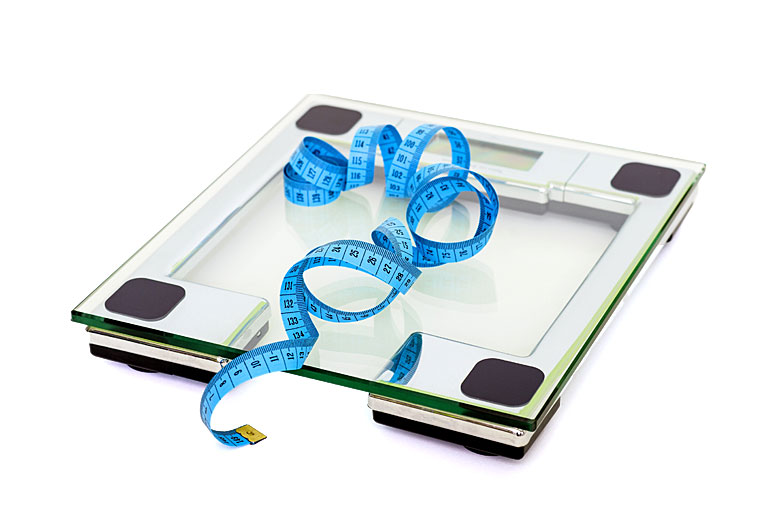
I weighed in at 190.2 lbs. on August 1st, the day we started on our Wired to Eat program. As of the date of this article, I’m down to 176.8 lbs., close to 14 lbs. lost and because of the knee injury I’m recovering from, this has almost all been due to the change in what and how much I’ve eaten during the past 11 weeks.
It can be argued that some of the decrease in body weight could be due to lost muscle mass from not working out, but I can’t be certain. However, it’s telling that Kelly has lost 10 lbs. as well without changing any of her usual walking, or yoga routines she’d been accustom to.
One of the first things Kelly told me she noticed, within a week of us making the lifestyle change, was the difference in her weight at the start of the day vs. the end of the day. It was common for her weight to fluctuate 3-5 pounds from first thing in the morning to when she’d go to bed, but from the beginning, she was noticing that her weight was only fluctuating around a 1/2 lb.
While I don’t feel like I’m in the best shape of my life, I am back down to the weight I want to be, without the pressure of working out to keep the pounds off. It’s actually kind of liberating knowing that I can take the time I need to properly recover from my knee injury, without feeling the need to quickly get back to where I was physical fitness wise.
It also makes me even more excited to see the results of clean eating combined with my soon-to-be fully armed and operational battle station, i.e. fitness level.






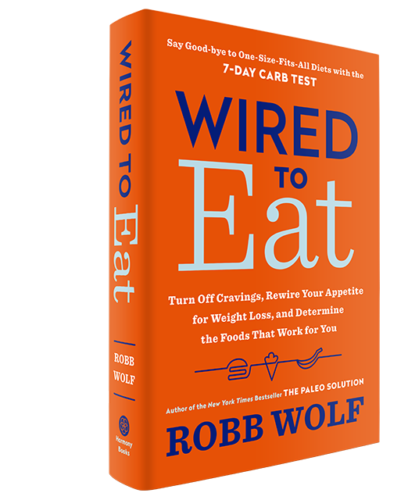
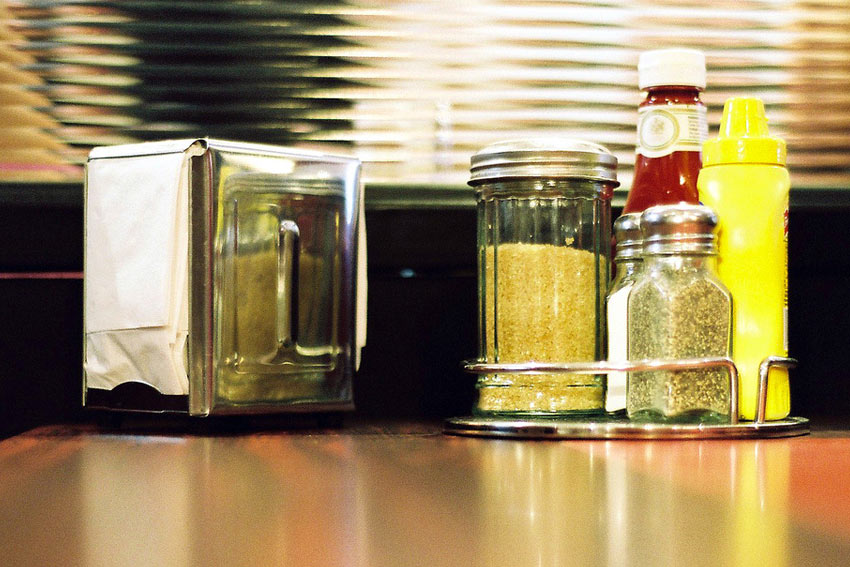
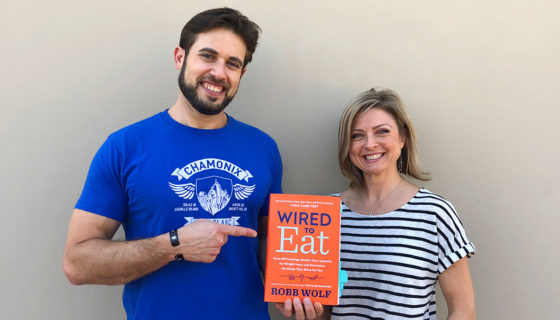
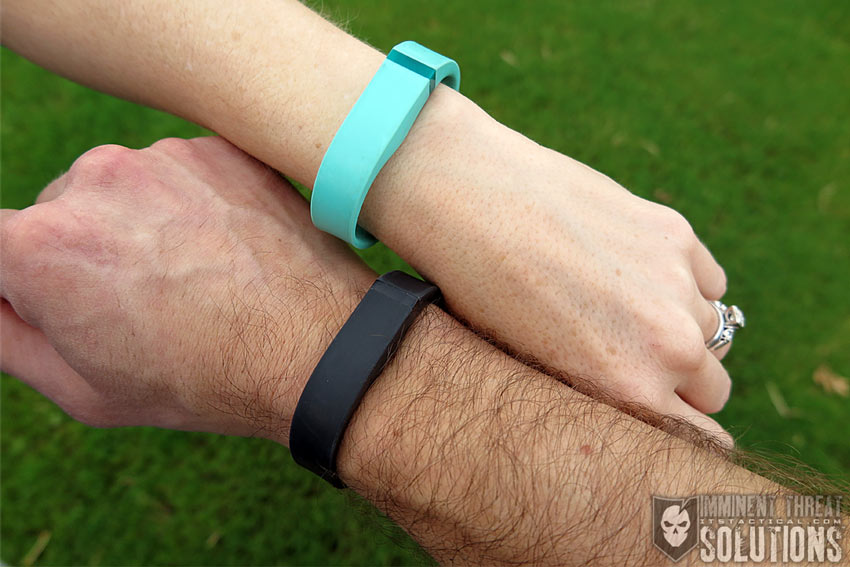
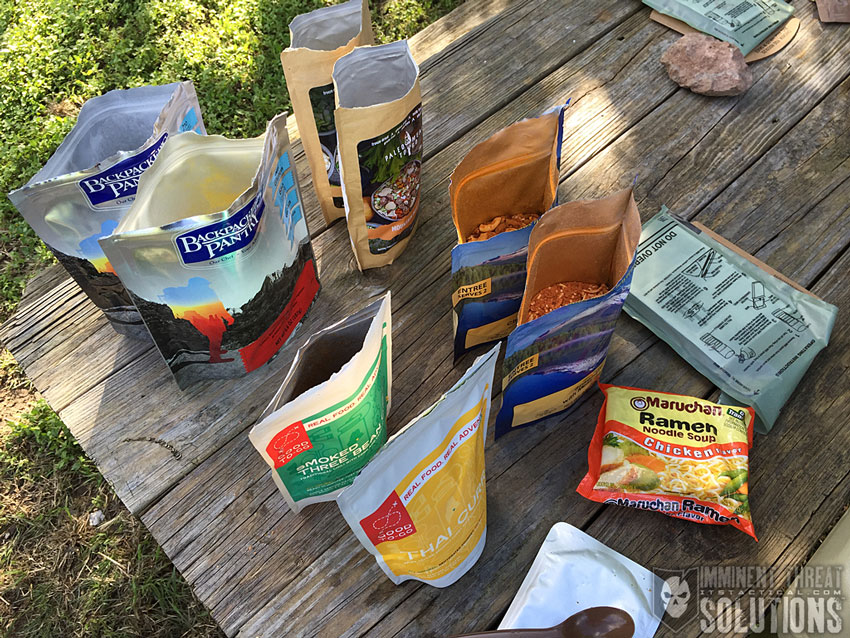

Discussion